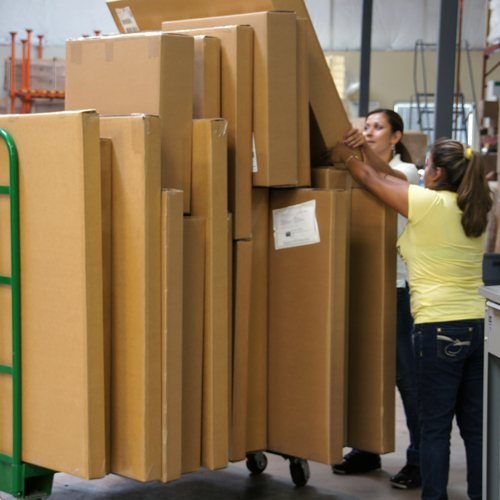Guidelines for Artists in Packaging Paintings for Shipment
Transporting artworks is part of an artist’s life. If you have an out-of-town exhibition or seminar, running an art business, or selling and collecting paintings, shipping paintings is very important. Shipping paintings can be a bit risky. Paintings are delicate and you must take utmost care in packaging, and handling them.
Here are some guidelines to help you in packaging paintings. Note that, despite best efforts, there are still some uncontrollable factors such as bad weather, untrained art handlers, rough roads, etc. that could damage your paintings while in transit. These guidelines will help you send your paintings safely and lessen the damage (if any).
Before shipping
1. Assess your shipping needs. Know the size, medium, and condition of the painting. Fragile, old, or antiquated paintings will be more damaged when shipped so it’s better to transport paintings which are less fragile. But, if you really need to ship a painting that is fragile, you have to take a different approach in packing and shipping it.
2. Consider the distance the painting has to travel. The farther the painting has to move, the more vulnerable to damage it gets. When the painting has to be shipped in great distances, remember that many handlers will be in between Point A to B.
3. Decide which transportation is best to use in moving your painting. Can you move your painting by hand, by car, by truck, or by plane?
4. If you will need a shipping company, search for a trustworthy company and determine the policies, restrictions, and cost of their service.
Packaging
Packaging your painting by yourself can save you money, if done correctly and with the right supplies. Here are the steps:
1. Make sure you have these packing supplies on hand, especially if you’re running an art business.
- Boxes
- Palette tape & wrap
- Cardboard pads
- Bubble wrap
- Packing tape
- “Fragile” stickers
2. Measure the dimensions of the painting. Give a 2″ allowance all around the piece which will serve as a buffer against the outside world.
3. Starting from the back of the canvas, wrap the palette wrap tightly around the painting and cover the entire surface.
4. Cut small slits on the plastic at the back of the painting to let the piece “breathe.”
5. Put the cardboard padding on the table. Place the painting on top of the cardboard padding and measure the width and depth of the painting. Double these measurements and add few more inches if you want and mark these on the cardboard.
6. Cut the cardboard using the measurements. Create a second box using the cardboard padding. Put the painting inside and secure the box with the packing tape.
7. Tightly wrap the bubble wrap around the second box. Tip: Put another layer of bubble wrap on the edges of the box as extra cushion since the edges of the painting or the frame are more prone to damage when shipping.
8. Put the bubble-wrapped second box into the outer box. Fill any spaces with additional bubble wrap. If there are a lot of extra spaces, you can opt to cut the outer box to fit the second box.
